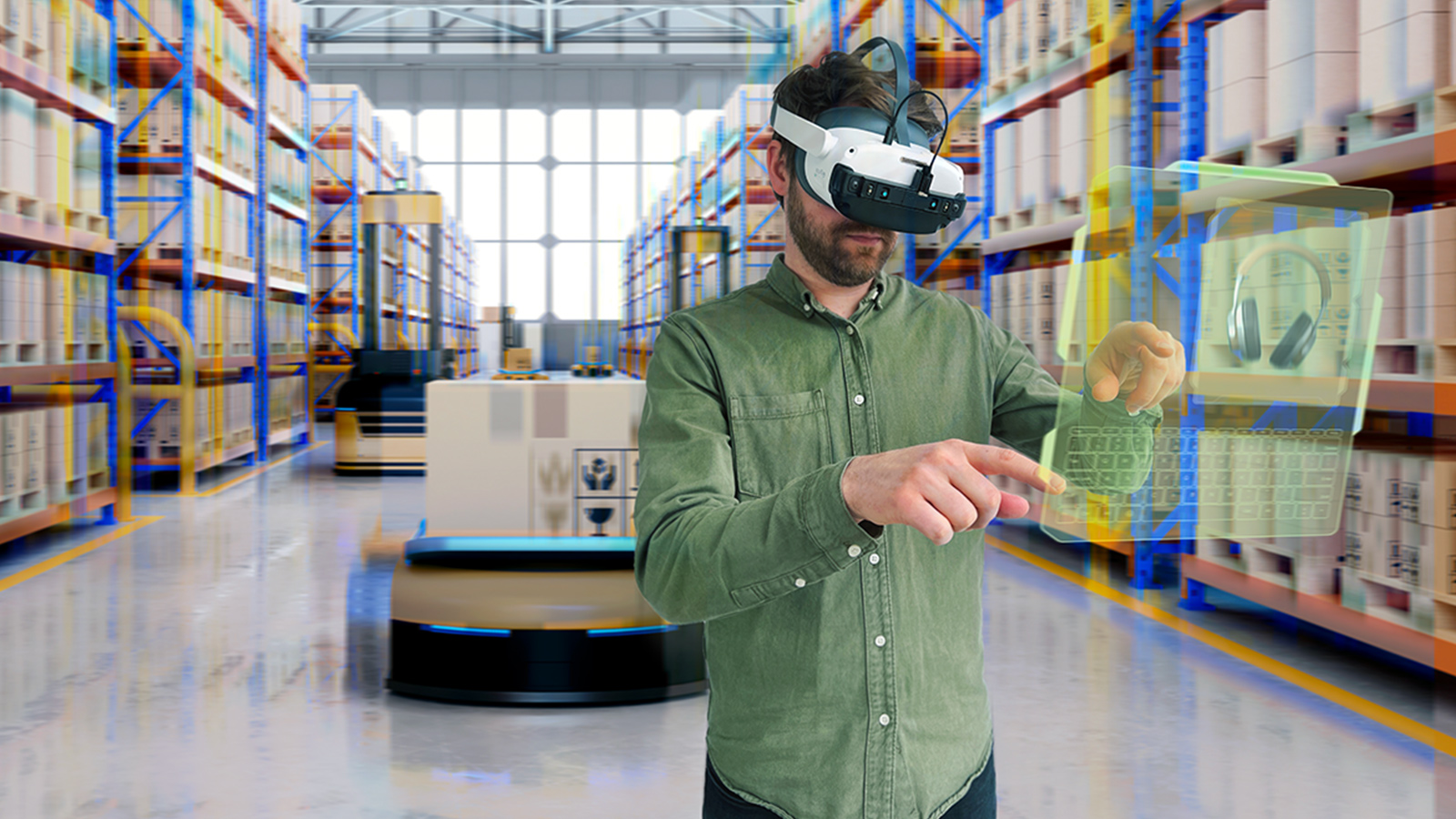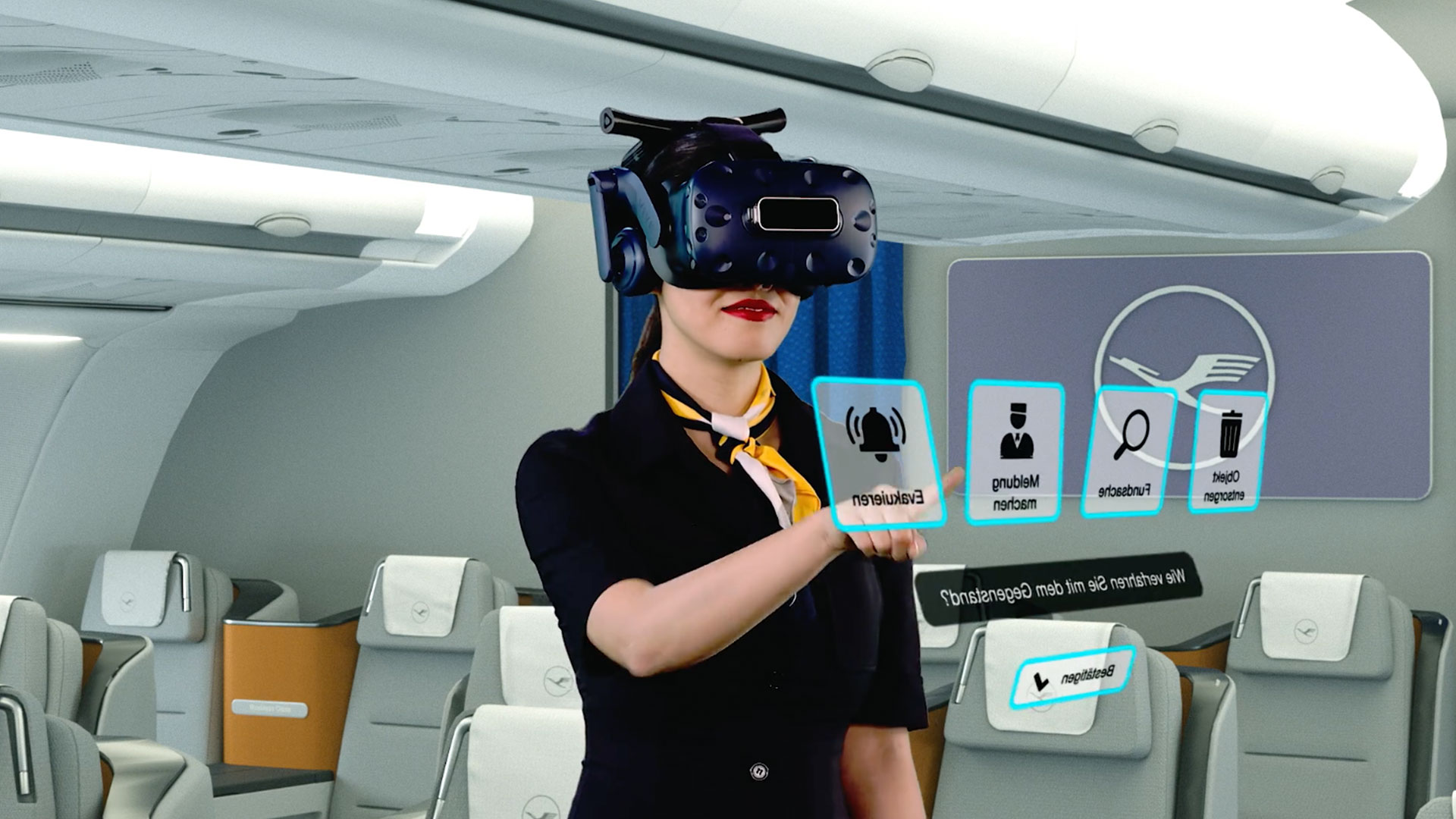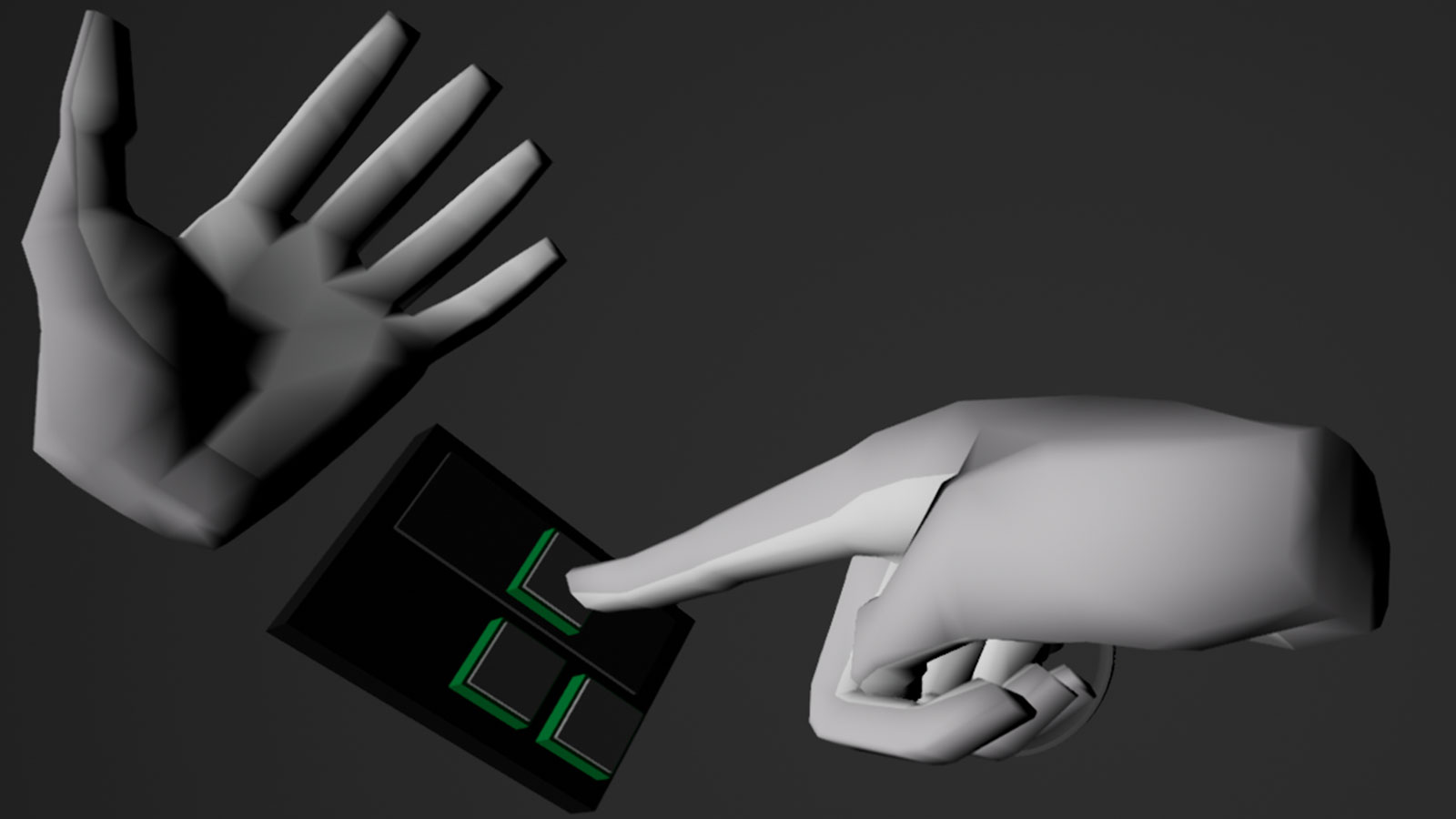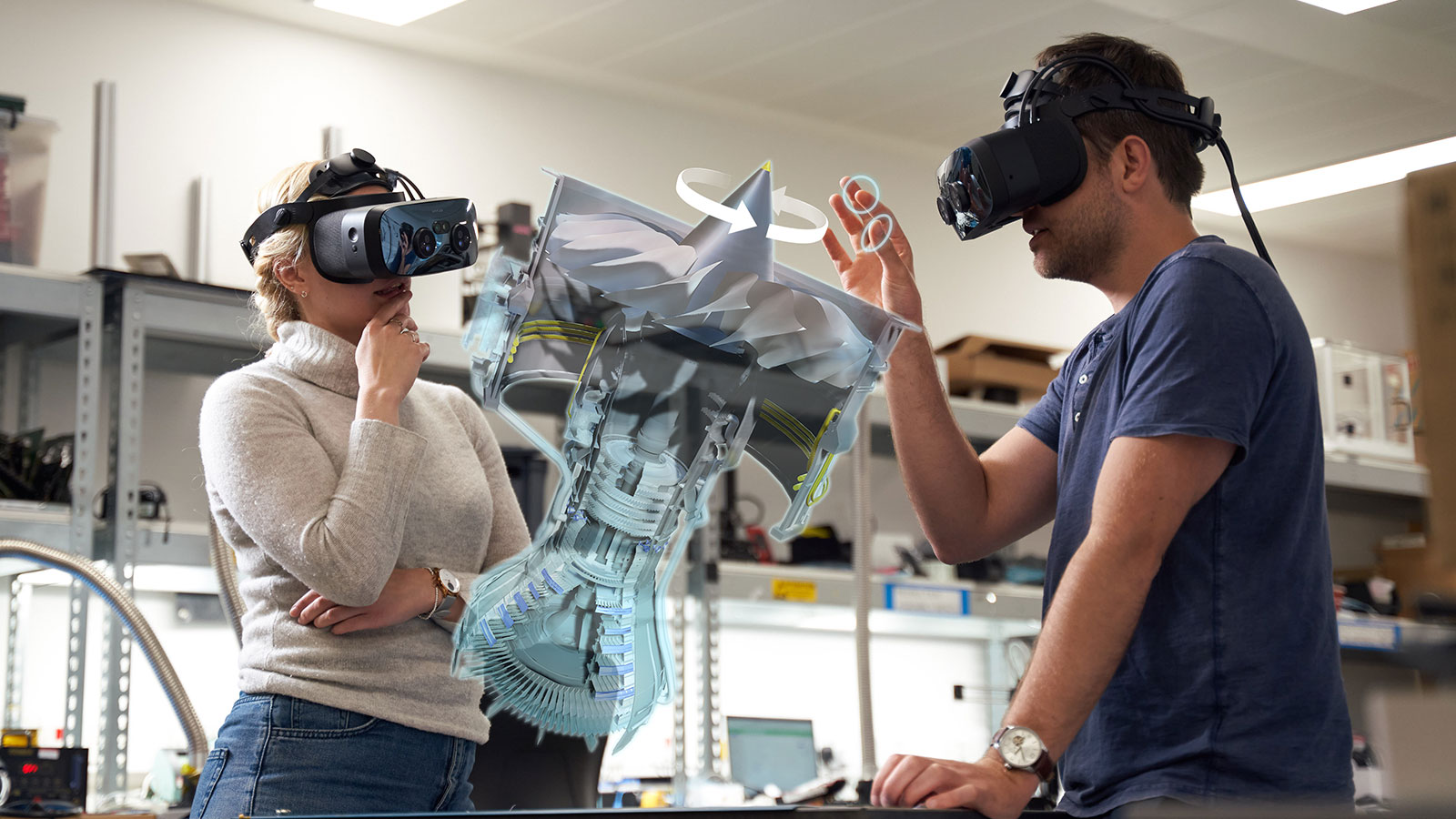
Lynx Mixed Reality headset: Q&A with Stan Larroque
Posted; April 6, 2022
Back in November 2021, mixed-reality start-up Lynx smashed their Kickstarter goal, raising over €725,000 (equivalent to almost $800,000). We caught up with founder Stan Larroque on what’s next for Lynx, OpenXR, what keeps him going, and why they’re taking a hand-tracking-first approach.
First up, let’s get the terminology right! It feels like Lynx are trying to be AR-first. Is that correct?
It’s hard to put a label on these things because it’s moving so fast. When we started designing the Lynx R1 headset it was very AR-centric. But today, it’s really about mixed reality.
Our demos aren’t only VR or only AR, they’re everything in between. It’s this versatility that defines the Lynx R1.
We were all watching the Kickstarter and crossing our fingers for you. And it was a huge success – you raised over twice what you set out to. What was that like?
It was a scary thing to do, but we were overwhelmed by the enthusiasm in the community. The Kickstarter proved that people were willing to invest in a headset like this. One backer ordered 1200 Lynx R1 units!
I’m personally really excited to see these headsets ship and try out the first applications. Can you tell me what content can we expect on the Lynx R1?
Most of our customers today are using professional applications – design reviews, collaboration, education, VR training.
Games will be a bit later – late 2022 or 2023. I’m really looking forward to games on the Lynx R1 leveraging hand tracking and 6DoF. Things like being able to move around a virtual animal and pet them in a natural way – I’m excited about seeing that.
I’m expecting 2022 to be mostly about people experimenting and testing features, seeing how far they can go. Once this settles down, towards the end of 2022 people will start either porting apps or creating brand-new experiences.
You’re also shipping the Lynx R1 without controllers. Tell us why – what made you make that decision?
We made some big bets on the headset, including its innovative lens system. Hand tracking and OpenXR are two others.
I don’t understand why the industry hasn’t moved to hand tracking before. In my view, 6DoF and hand tracking put together make up about 50% of a good user experience in a headset. And while controllers can be good for VR, hand tracking is really the only possible interface for AR and MR.
We’re really happy with the result, particularly when users are onboarding.
So when you watch people use the Lynx R1 for the first time, what do you see? I guess I’m interested in why you feel hand tracking works so well here.
When people put their hands up and see them in VR, the reaction is priceless. They didn’t have to put any gloves on, we hardly had to set anything up. That to me is real magic. They’re not even thinking, “How is that possible?”.
Then, when they see virtual objects, they naturally try to reach them and grab them. And it goes on from there. We don’t really need to teach Lynx R1 users anything. That was a really good surprise.
Ultimately, we want to bring a sense of magic to the experience. We can see this happening with hand tracking, today.
Learn more about Ultraleap's hand tracking hardware and software for XR
You mentioned OpenXR was another big bet. Can you say a bit more about this?
I’m a developer at heart. This is why I’m taking the bet only to support OpenXR runtime.
Developers are tired of having to learn the specifics of each platform. OpenXR also means that they won’t be dependent on a single headset manufacturer. It’ll bring more interoperability, and lead to a more diverse, healthy ecosystem.
Talking of developers – when will they get access?
The OpenXR runtime is almost done, and we’re expecting the first batch of Lynx R1 headsets (a few thousand) to ship in late Q2 or early Q3.
Developers will have the choice to support controllers, but they won’t have to. There will be a section in the app store labelled “hands only”, or something similar.
Apart from interoperability – what other challenges do you think the industry faces? What’s holding VR/AR/MR back?
The form factor remains a challenge. Bringing the price point down is also really important in removing barriers to entry.
We’re trying to solve the price point by reusing components from the smartphone world for the Lynx R1. Using smartphone supply chains, we should be able to bring the price down even further over time.
What do you see the future looking like? Dare I say the word metaverse?
[Puts head in hands] You really want me to say “metaverse” on record? Don’t take me there, please.
Okay - alright, in my view, the metaverse is really just the internet. It's an embodied internet.
We interact with virtual things now, using 2D screens or a mouse. How we interact is going to change as we start using a lot of sensors. That will bring new data that can be used to adapt and personalize content.
The real shift is going to come when people start seeing headsets as communication devices. When you can interact with your friends realistically, not as a weird 3D avatar. There’s still a lot of work to do – maybe more sensors, maybe more processing on the AI. Expect our next devices to be even more intelligent and understand you even better.
How do you feel about how far you’ve come? And what keeps you going?
Like many (probably all!) first-time founders, I didn’t realize how hard it was going to be. But I can’t put a price on seeing people using our product – it’s what keeps us going.
I can’t really say I’m alone in this thing. I’m very lucky with the people around me – our team, and investors. We’re one of very few companies in Europe building their own headsets. People want to be part of this. Working on such interesting technical challenges also allows us to attract really talented people.
The AR/VR community has been amazing in regard to Lynx. I’d only just graduated when I started the company, and people were very welcoming. There’s a lot of help and support. I’m really grateful for that.
I really feel that Lynx has a mission to help create a future where there are multiple ways to experience AR, VR, or the metaverse. It shouldn’t be controlled by just one company.
The world’s best hand tracking
See how robust, reliable hand tracking with flexible integration options opens up new opportunities for XR.
Tell me about cameras, headsets, and toolingRelated articles
Explore our blogs, whitepapers and case studies to find out more.



